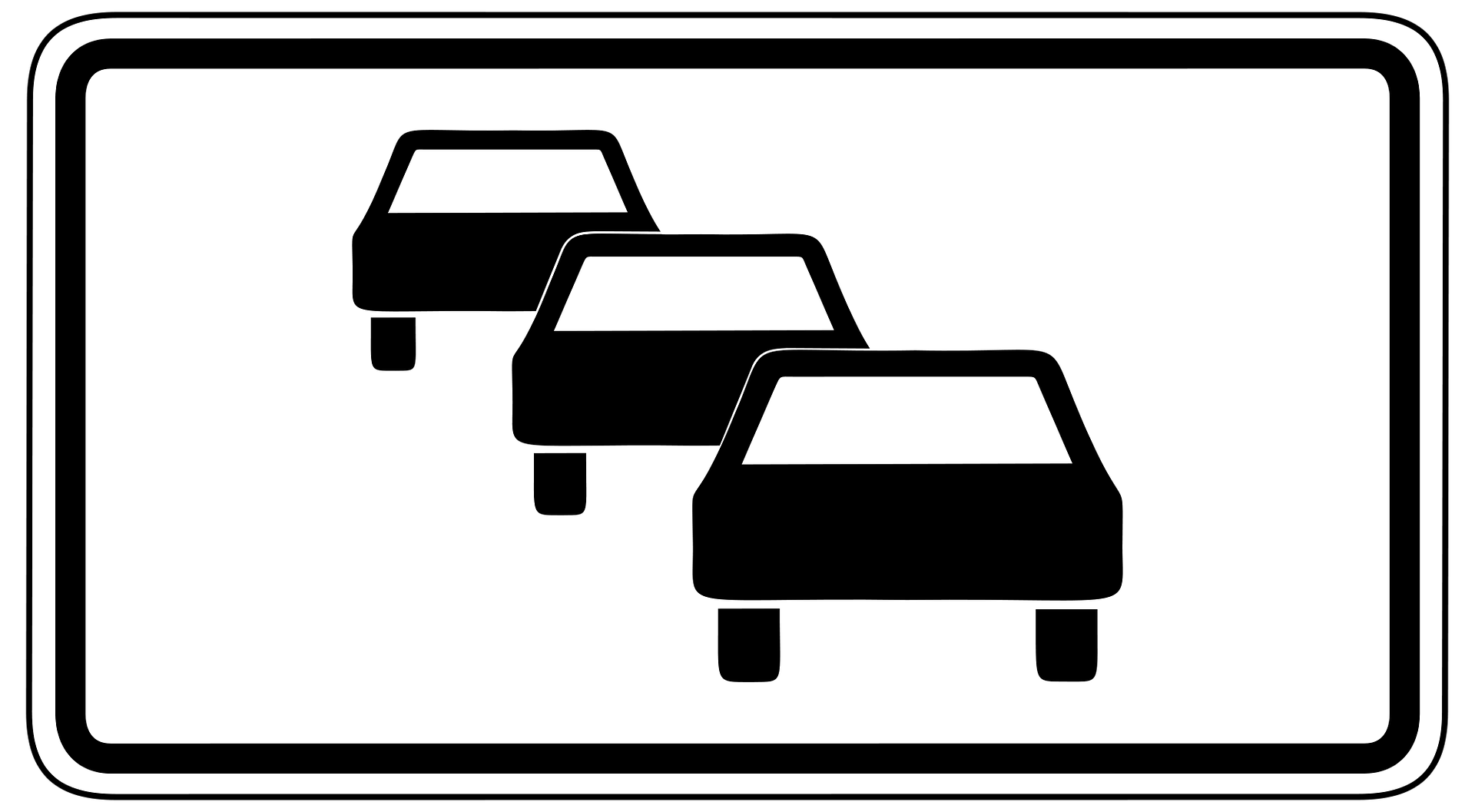
It goes without saying that vehicles and drivers are a fleet-orientated company’s most important assets—your business would simply not be able to function without them. Your drivers and vehicles travel kilometres and kilometres every day, as all fleet drivers do, and consume a substantial amount of fuel accordingly. But are you sure that consumption is actually based on kilometres travelled?
We’d like to point out that vehicles often idle, and if you imagine idling to be something of a habit for nonprofessional drivers or end users only, you might be surprised to learn that it is actually not uncommon amongst fleet drivers as well, unless you take appropriate measures to prevent it of course.
What is idling then? Basically any unjustified time a vehicle is stationary with the engine running constitutes idling. This typically happens in a number of specific instances: while queuing or waiting at a red light, while parked or waiting to load or unload goods or passengers in the case of taxis. It is sometimes difficult to avoid idling, for example if your vehicle is equipped with PTO (power take-off) and needs to be left running in order to perform a necessary mechanical function; but knowing how many vehicles idle and the reason why might help you find the correct solution to the problem. Some time ago, vehicles used to idle in order to assist restarting. But today, with the advances in ignition systems, this is no longer strictly necessary.
Idling is something that needs to be avoided for three essential reasons: idle vehicles consume fuel, they increase carbon emissions and they impact on the health of your drivers (and, ultimately, everyone else to a greater or lesser extent). If you still haven’t already, you should definitely look into eliminating unnecessary idling to get extra, immediate savings on your fuel budget.
It has been estimated according to data collected by the Argonne National Laboratory, that:
- Idling a company car leads to 0.5 gallons/19 litres of fuel waste per hour
- Idling a medium duty truck leads to 0.4 to 0.6 gallons/15-22 litres of fuel waste per hour
- If every car in the United States idled just 6 minutes per day, 3 billion gallons/11 billion litres of fuel would be wasted every year, equalling a total cost of $10 billion
Imagine what type of expense idling could apply for your fleet?
Preventing idling doesn’t have to be expensive. Most of the time you would just need to implement an idling policy within your fleet—if you haven’t done so already—you will be surprised how much you save by merely implementing a zero idling policy.
If you want a more thorough process, you can use technology to track idling and establish actions depending on which drivers or vehicles are prone to idling and measure the progress you make in terms of reducing idling and in lowering fuel consumption. You might have to make a modest investment at the beginning—if you haven’t got round to using the technology yet—but the results will definitely be rewarding.
If you need some help with that, you know where we are.



